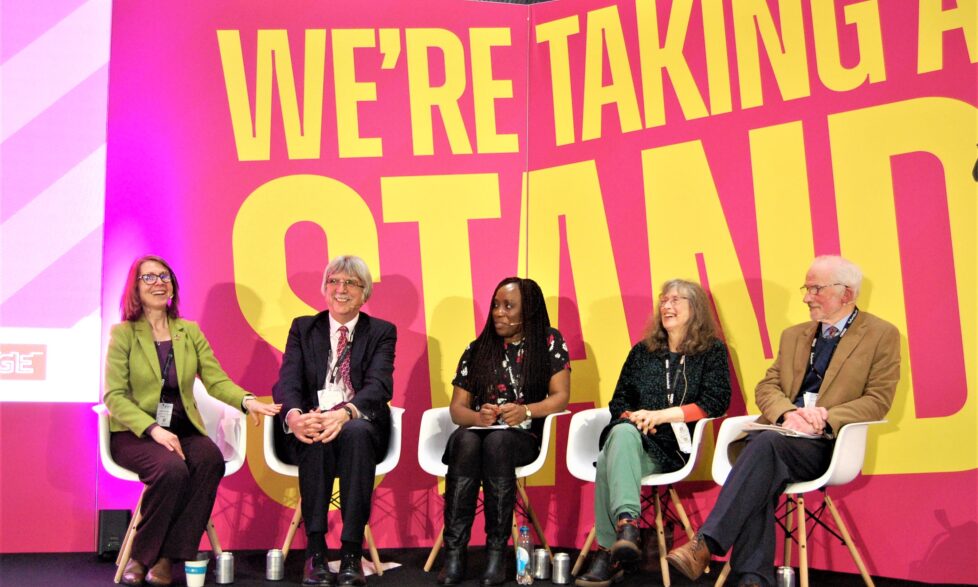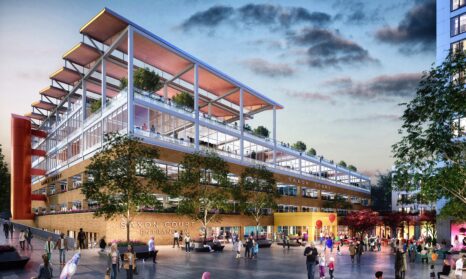How can we mainstream sustainable new homes and communities?
The world needs to halve carbon emissions by 2030 to stay below 1.5C of global heating and avoid dangerous tipping points and feedback loops. And as Sir David Attenborough keeps telling us, the UK is one of the world's most nature-depleted countries in the world, with about half of our biodiversity left - far below the global average of 75%. In response to these emergencies, the Government has set in law a 78% cut in CO2 by 2035 compared to 1990 levels and, in common with all United Nations members, last year committed to halt the decline in biodiversity and protect 30% of land and sea by 2030.
To achieve these goals, we urgently need to mainstream net-zero, nature-positive homes and communities where we make it easy for people to live a truly sustainable life. How we could do that - through the planning system, and as developers - was the focus of two sessions I chaired at this year’s Futurebuild conference.
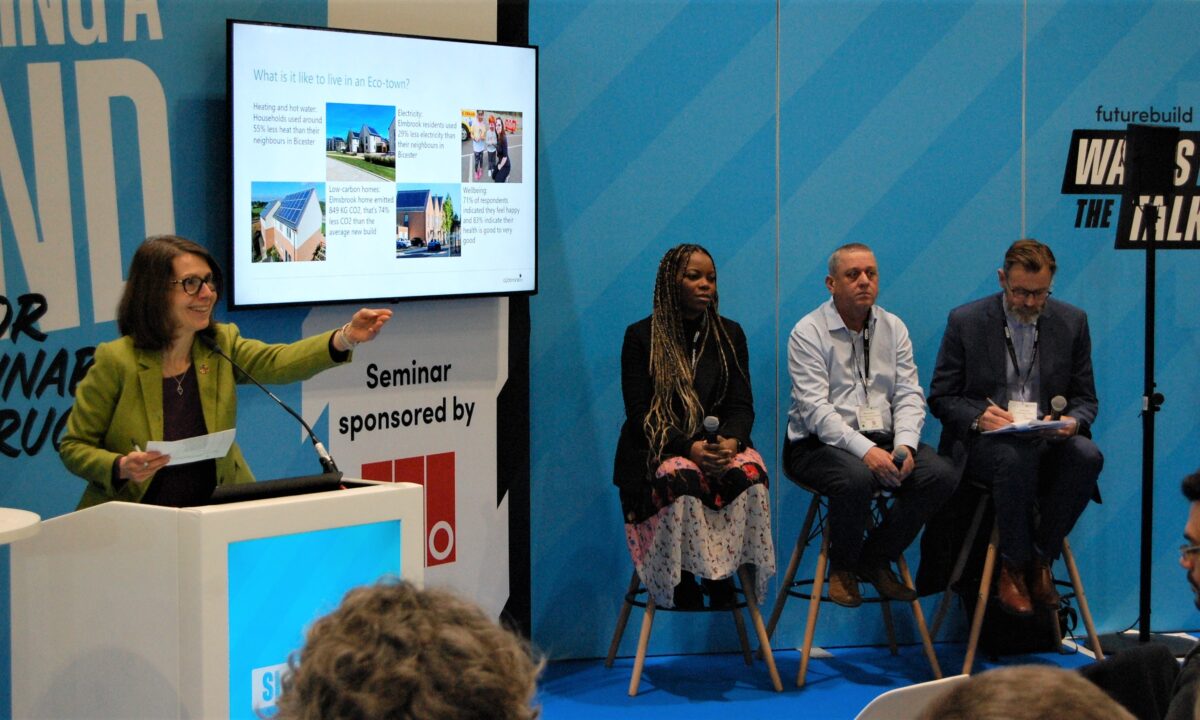
We need joined-up, evidence-based green policymaking
In our first session of the day, considering how we can ensure the planning system delivers net zero, our speakers agreed that we need joined-up government and a supportive policy framework. Jenny Raggett from Transport for New Homes pointed out that, for example, the Department for Transport is detached from conversations about net zero taking place at the Department for Levelling Up, Housing, and Communities, and has its own, conflicting, targets to meet.
There are two stages to creating green economic policy, according to the political economist professor Michael Jacobs, one of the architects of the world-leading UK Climate Change Act: first, determine our planet’s natural limits and a trajectory to a safe and sustainable level of consumption, and second, choose policy instruments to ensure we stay within those limits.
The Climate Change Act, the accompanying carbon budgets and our biodiversity targets have determined our national limits and trajectory. Crucial policy instruments are still missing, but Professor Jacobs provides a simple checklist that we can all refer to: taxes, tradeable permits, regulations for products and waste, information and persuasion, public spending, public procurement, innovation, and industrial policy. And of course, our spatial planning system.
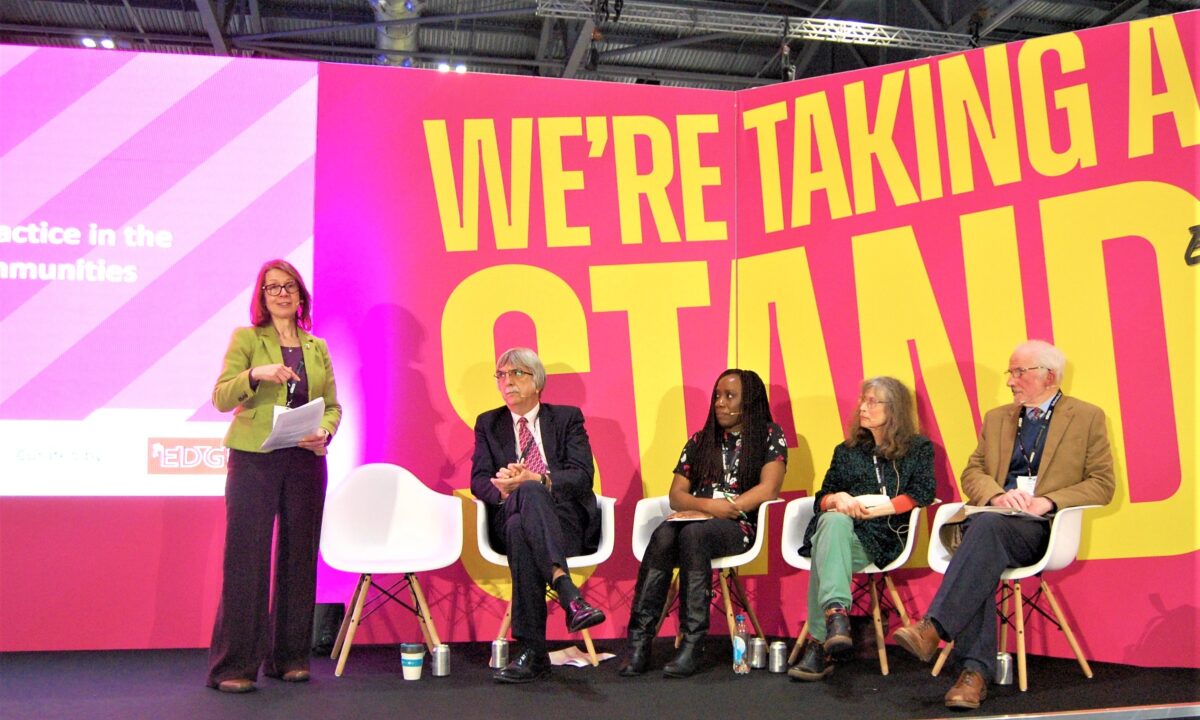
Translating natural limits and trajectories to local plans and policies
Taking Professor Jacobs’ advice, it is clear we must translate our high-level targets into local plans and policies. I told the Futurebuild audience about Bioregional’s work with Central Lincolnshire and Greater Cambridge local authorities, together with other expert partners, to create net-zero carbon evidence bases and policy wording for net-zero local plans.
It is a hot topic, as government considers how we should assess the carbon impact of plan-making and planning decisions as part of its consultation on the National Planning Policy Framework. The Skidmore net-zero review also called for a net-zero test. Hopefully, this will become a national requirement soon – let’s do our best to ensure that it is workable in practice.
We all have more power than we think to get on with it ourselves
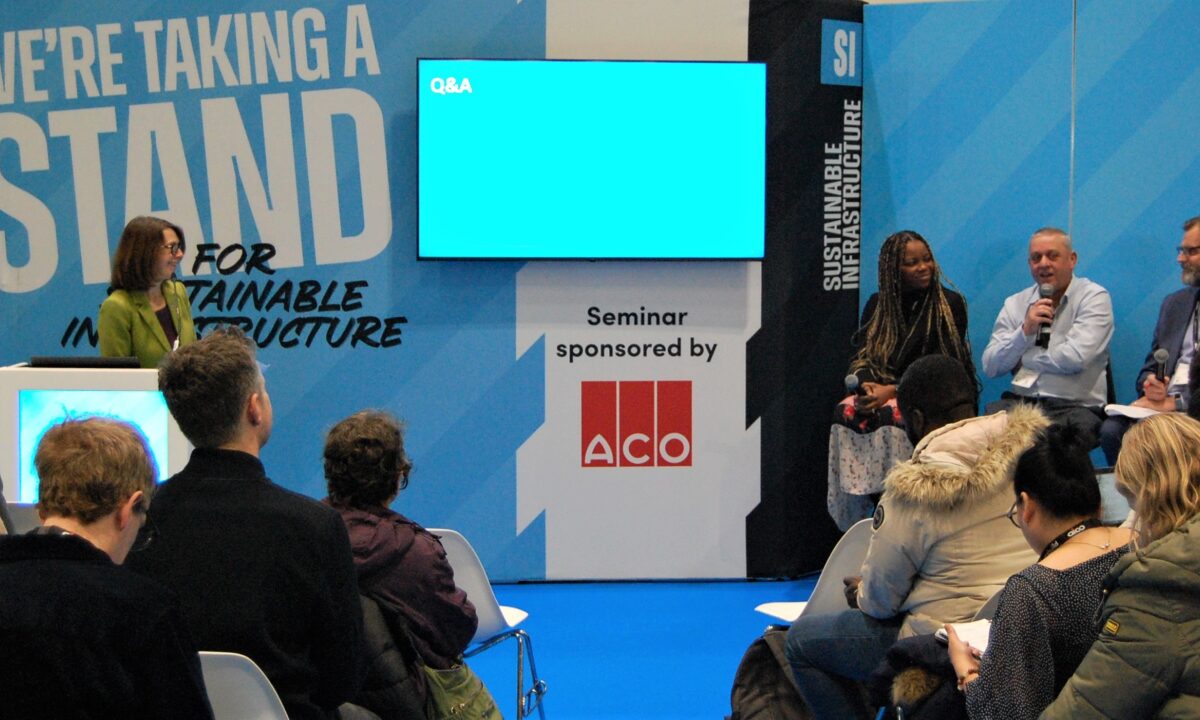
Building homes and communities in the most sustainable places
Our carbon modelling highlights that we need to build in places where there is public transport infrastructure and daily services like shops and schools nearby (dare I say, 15-minute neighbourhoods). Henry Cleary OBE, who led the Labour government’s eco-towns programme and is now chair of the Central Bedfordshire Infrastructure and Development Board, highlighted how local authorities can group together to decide where it is best to build, something I have seen for myself in South West Hertfordshire. Henry proposed an “office for large sites” to ensure the right places to build are identified and developed in a sustainable way.
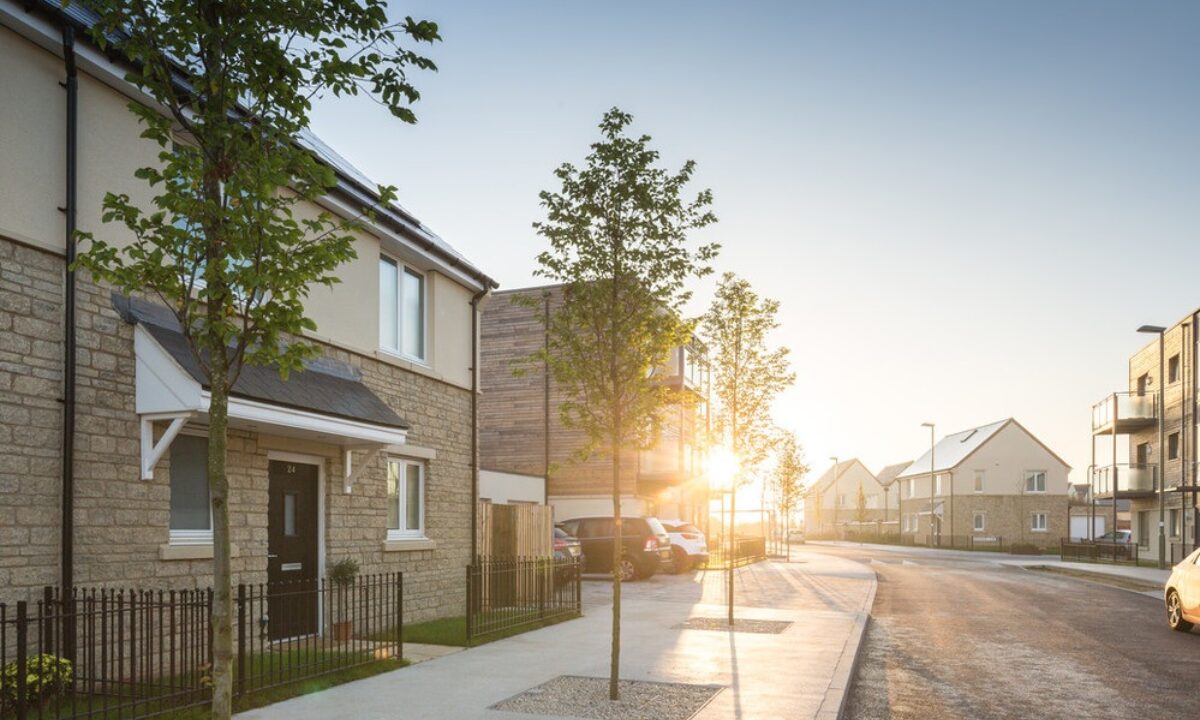
Following examples of best practice
In our second event of the day, focussing on sustainable infrastructure, Steve Hornblow, Project Director at social housing provider A2 Dominion, gave an inspiring presentation about Elmsbrook - the first 400-home phase of the North West Bicester eco-town. The project used Bioregional’s holistic One Planet Living framework to design and manage the community. Henry noted that this is a great exemplar that is highly replicable.
Steve reflected that the project was delivered by a well-resourced partnership, with strong leadership shown by planners at Cherwell District Council and Bicester Town Council, but today there is a real lack of resources in the planning teams of all local authorities that must be reversed so they can take a more proactive, stewardship approach.
Andrew Day, Sustainability Director at Hill Group, shared how it is working with housing association Poplar HARCA and local residents to regenerate London’s Teviot Estate. Both Andrew and Olaide Oboh, Director of Socius Development, spoke about the positive social impact they aimed to achieve alongside net-zero and nature-positive goals. As Andrew put it, we are some way off mainstreaming
Recognising we have more power than we think
Steve Quartermain CBE, the former Government Chief Planner and Olafiyin Taiwo, co-chair of Planners for Climate Action agreed that local planning authorities, neighbourhoods, parishes and community groups have more power than they realise to seize the agenda and do things themselves, although Olafiyin highlighted that to have effective community engagement, communities must understand the planning processes - a task for all of us to take on board. Henry Cleary gave an example of the council enabling a local community trust to manage and design some of the key services in Central Bedfordshire.
It has inspired me, too. I was recently appointed to the board of the Future Homes Hub, established to facilitate the collaboration needed within and beyond the new homes sector to help meet these climate and environmental challenges. With all the major housebuilders, government departments and agencies, and thousands of interested parties from the sector involved, we have an amazing opportunity to get new home building right. And in the meantime, as Steve Quartermain said, we all have more power than we think to get on with it ourselves.
Discover more about our built environment consultancy services





